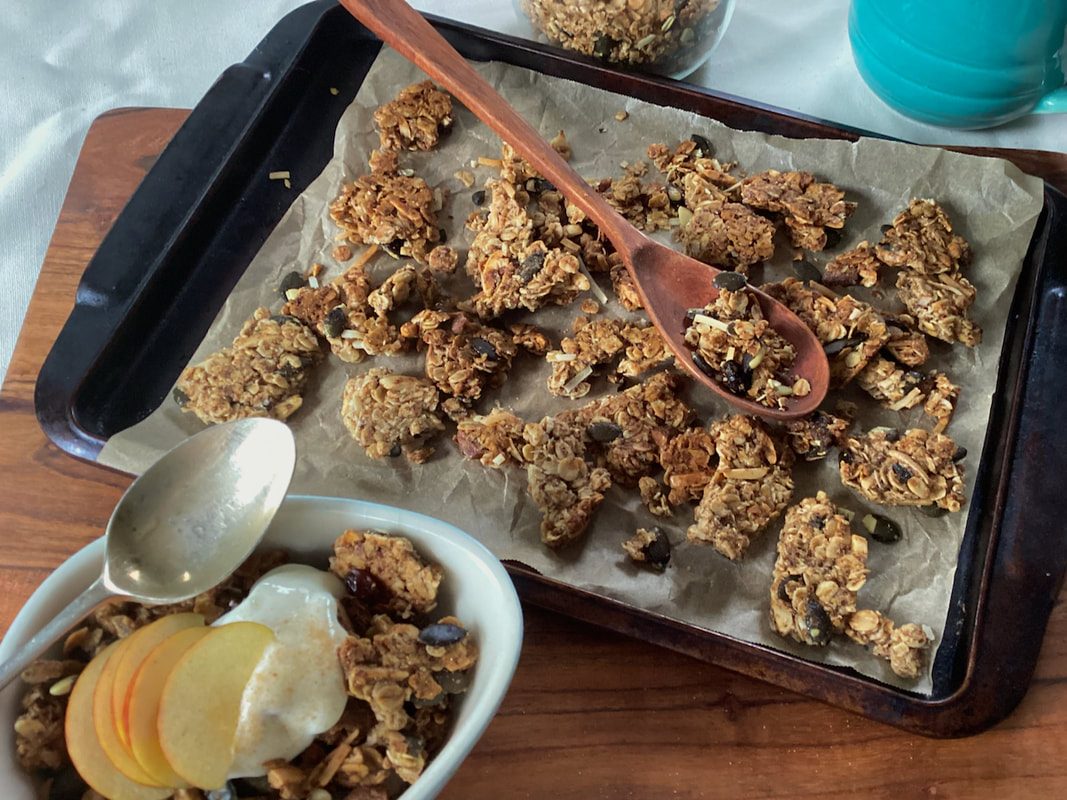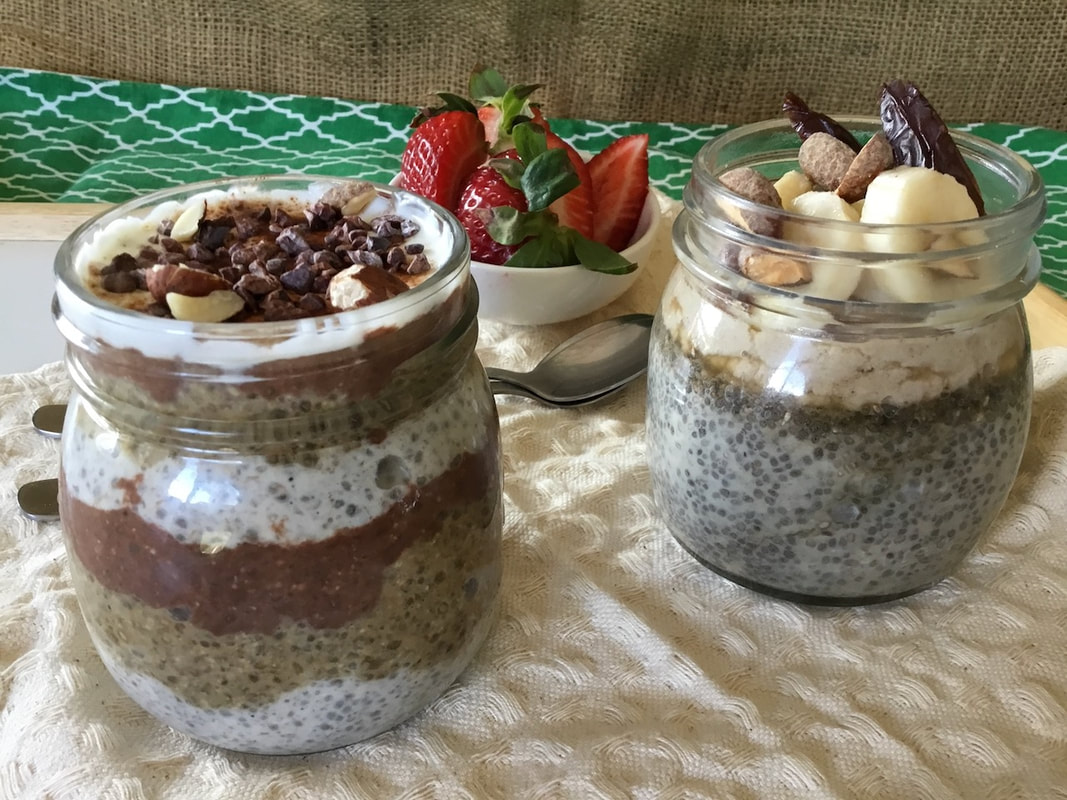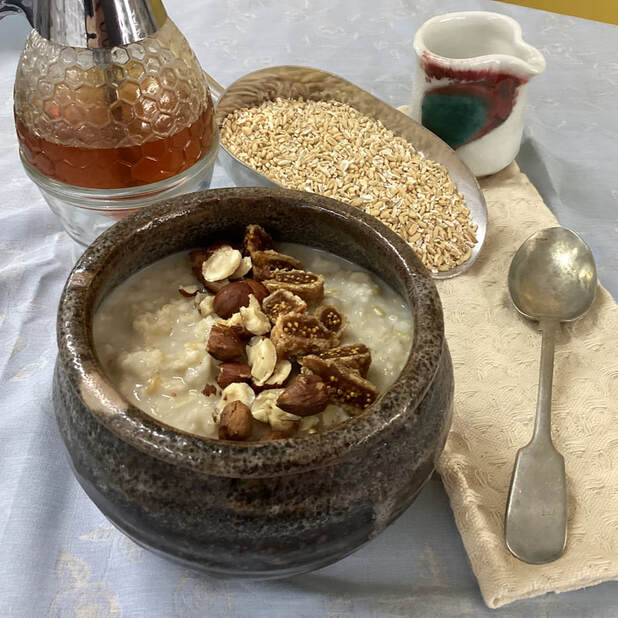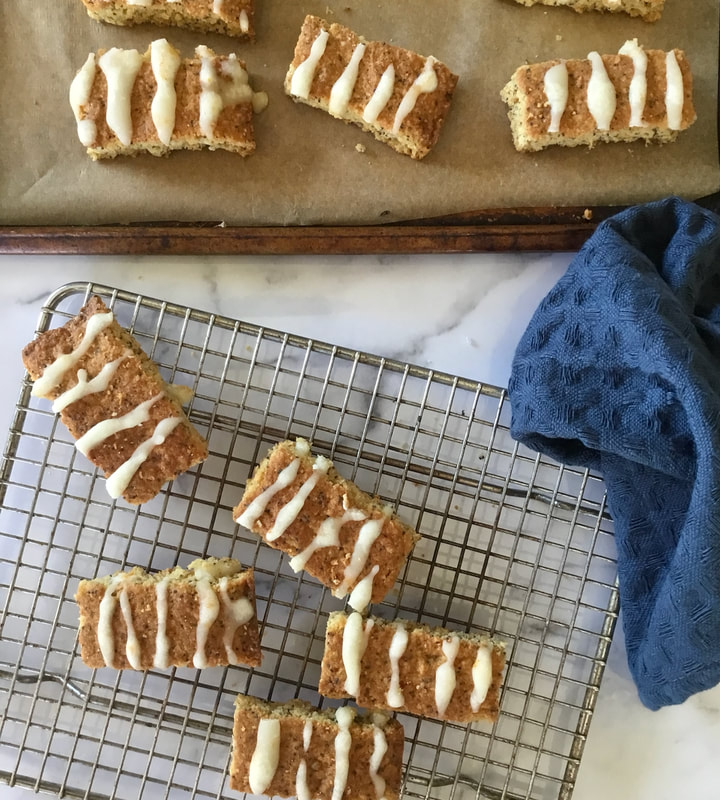|
Nothing says slow weekend mornings like a breakfast table laden with pancakes and all the trimmings. There is, however, just one niggling issue with them: it's not the greatest time for the person cooking them. Pancakes are best straight out of the pan, & you can generally only make one or two at a time. So the nominated pancake cook doles them out onto the plates of beaming and satisfied loved ones, who sit down to enjoy them while they're still steaming. The cook, on the other hand either eats theirs standing up or waits to the end to sit down and enjoy theirs. Those pancakes have the cook on a tight leash.
Enter Oven Pancakes. They go by a few names: Dutch Puff, Dutch babies, German pancakes, Bismarck, Hooligans and Hootenannies! Personally I would like to call them Freedom Pancakes because they free the cook - they're baked in the oven as one giant pancake before being sliced into portions and topped with whatever you fancy. If, instead of standing over the stove for 30 mins, you like the idea of sitting down to leisurely enjoy a cuppa while a delicious, high & light pancake bakes in the oven, then this is the recipe for you.
0 Comments
I love convenience in the morning. Even better when it's a decadent yet healthy convenience that comes in under budget!
Have you ever pondered one of life's age-old questions - what is the difference between granola and muesli? You are not alone. The quick answer is this: Muesli and Granola tend to feature the same ingredients, but they are prepared differently. Muesli (both the raw and toasted type) & Granola are all made up of a combination of oats, seeds, fruits and nuts. Raw muesli is enjoyed in its natural state, while toasted muesli is oven baked til a little crunchy. Cold or warm milk is added, plus sometimes yoghurt and fresh fruit. Granola goes a step further, in that: it has some oil and sweetener added, and then it's baked; the fat and sugar help the mixture turn into crunchy clusters of deliciousness. In this recipe, we also add almond meal to help bind the granola clusters together. Ready-made granola clusters aren't the cheapest thing to buy. Sure, they're truly yummy, but when you have a kid who can eat half a box in one sitting, you're suddenly motivated to seek out wallet-friendly alternatives! I always assumed granola clusters would be trickier to make than regular toasted muesli, but yay, I was wrong! This granola recipe takes minimal time and cost to make, and you can tailor the ingredients to suit everyone. What I especially love about this granola is the option to break it into bite sized morsels to be enjoyed with milk, or leave it in bigger shards, making it a portable breakfast on the go. And if you want to dip it in your morning cuppa, you'll get no judgement from us! Springtime is rushing past & summer is right on our doorstep! So stock your fridge with wholesome, filling, delicious chia puddings. When you're too hot to even contemplate toast for breakfast or you get a craving for an afternoon or late night sweet treat, chia pudding has got your back.
The humble chia pudding is a good reminder that sometimes mixing 2 or 3 simple ingredients together produces something far grander than the sum of its parts. The soluble fibre in chia seeds makes it turn jelly-like when it's left to soak in liquid. Simply adding chia to milk and adding some flavourings produces the most delicious breakfast, dessert or snack with only a few minutes preparation. I've provided a recipe for a basic chia pudding, plus 2 variations. Play around with different add-ins and toppings to come up with some more variations! Note that the recipe makes one single serve, so just double or quadruple the recipe if needed. I like to make 3 or 4 at a time so I have a few days worth of yummy breakfast or snack. On chilly mornings the humble bowl of porridge is a comforting, nourishing way to start the day. While the go-to oats used for porridge tend to be rolled oats and quick oats, steel cut oats also have a devoted fan base, and if you've tried them you'll understand why.
There are just as many people out there who aren't that familiar with steel cut oats, and we are often asked for advice on how to prepare them. But first, a brief explanation on the different forms that oats come in. The least processed are oat groats where the oat grain is left whole. These take the longest cooking time. The next stage in processing is steel cut oats, where the whole oats are cut into smaller fragments with steel blades. After this, they are rolled and flattened to produce rolled oats. And finally, these rolled oats are cut finer again to make quick oats. Now we'll walk you through the preparation of steel cut oats, with the aim of demystifying it for the novices & hopefully inspiring you to get in the kitchen and pop a pot of steel cut oats on the stove. So excited were we at the arrival of our new product, Organic Oat Flour, it didn't have a chance to cool its heels before I took some home to put it to delicious use.
And there are so many delicious uses! What I chose to make were these moreish Orange and Poppy Seed Oat Bars. These Oat Bars come together so quickly and simply, and are an excellent breakfast on the run, a quick refuel with a cup of tea or a nourishing snack popped into a lunch box. The icing is optional. When making these for breakfast bars I tend to omit the icing, but it's really down to personal preference. You can also reduce the sugar from ⅔ cup to ½ cup if you like. |
Categories
All
Archives
January 2024
|






 RSS Feed
RSS Feed